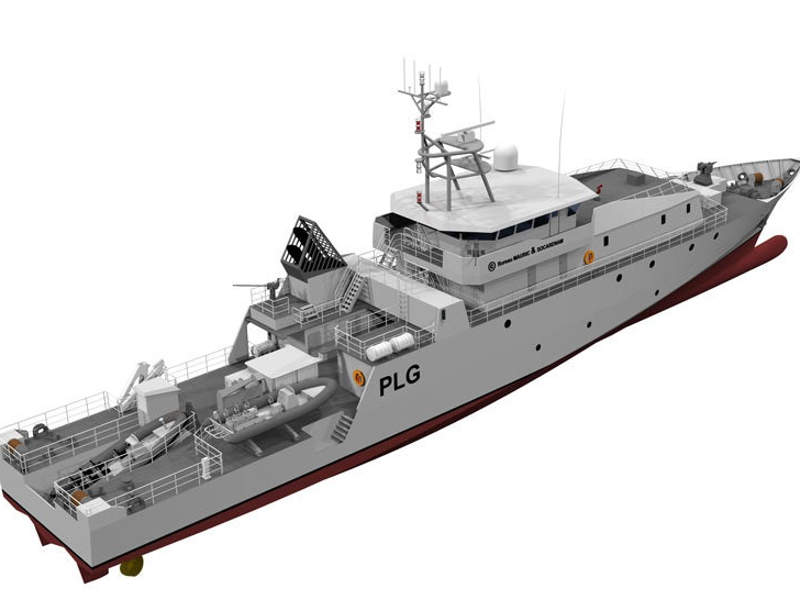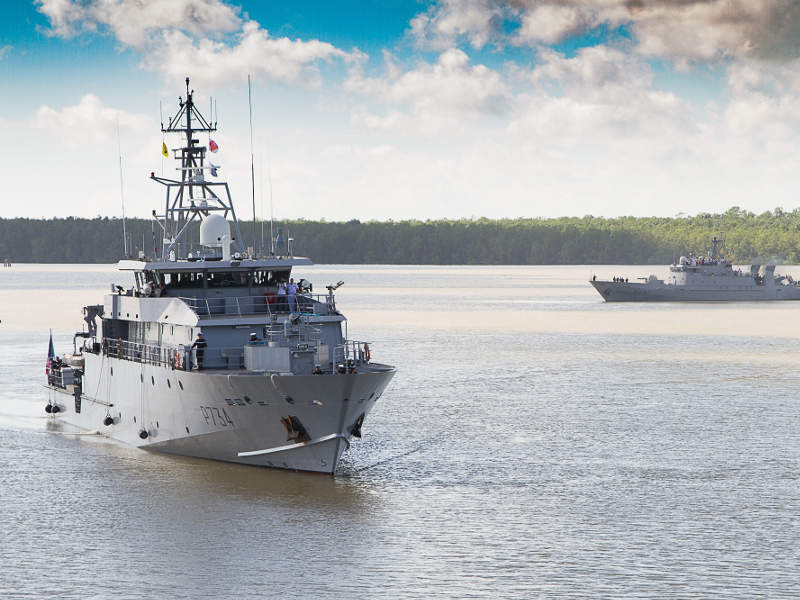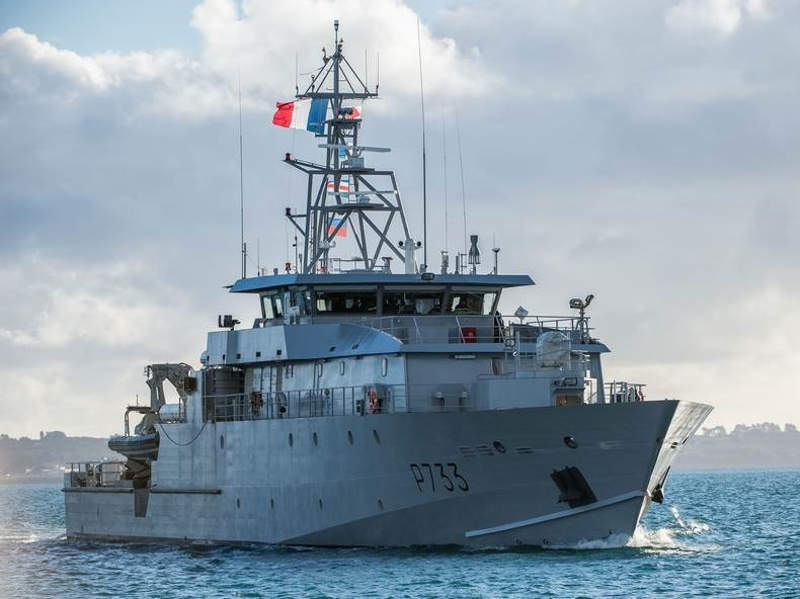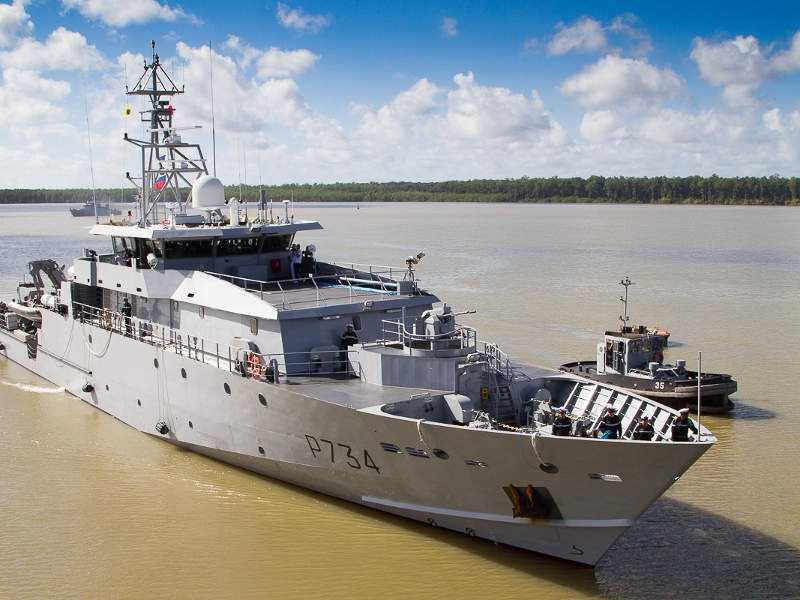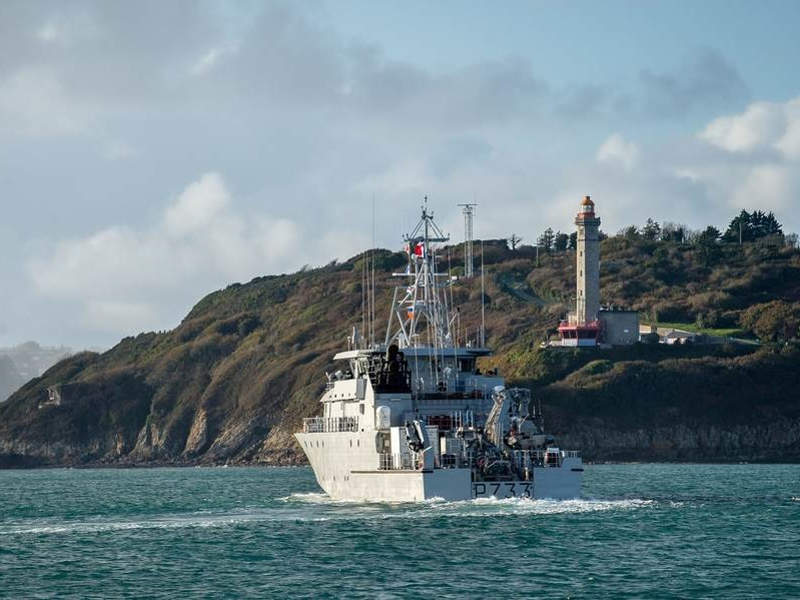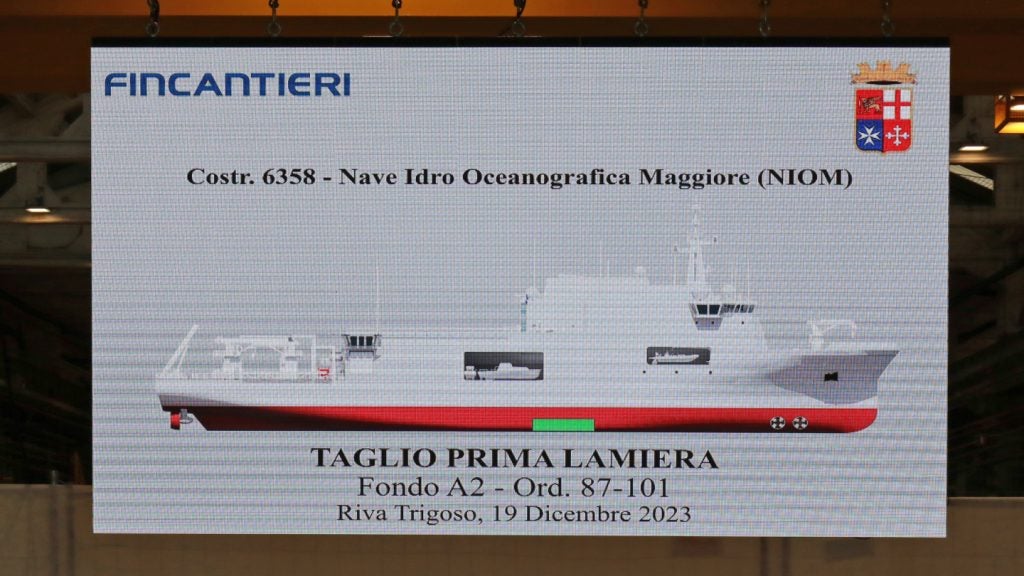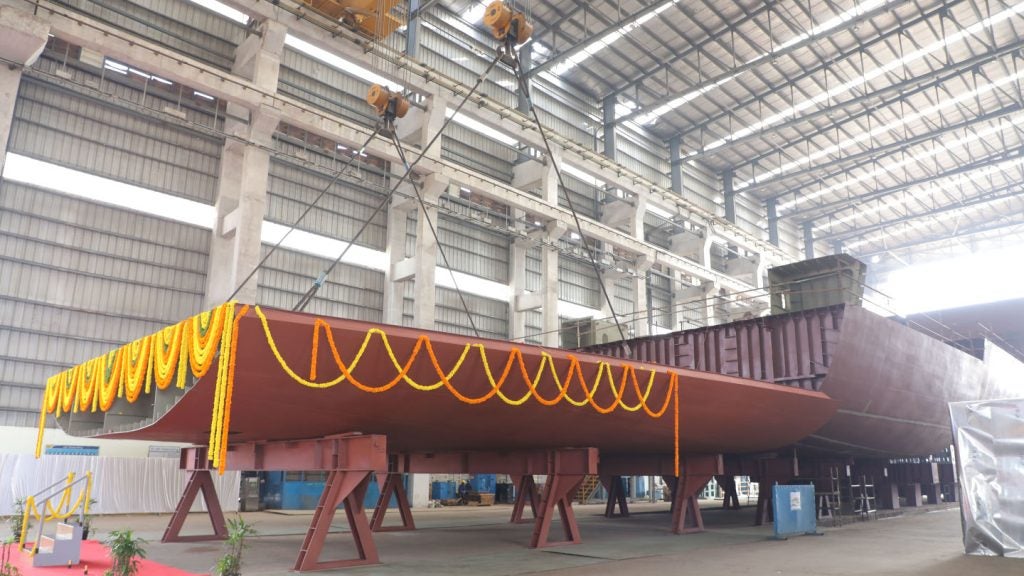The Guyanese light patrol vessels are designed by naval architecture and engineering company Bureau Mauric and built by French shipbuilding company Socarenam at its shipyard in Saint-Malo, France.
The Directorate General of Armaments (DGA) of France placed an order for two light patrol boats (PLG) to support the French Navy’s operations in French Guyana in January 2015. The PLG-class will replace the French Navy’s ageing P400 patrol ships, La Capricieuse and La Gracieuse, which were commissioned in 1986 and 1987, respectively.
The first patrol boat, named La Confiance (P733), was delivered to the French Navy in November 2016 and commissioned in April 2017. The second vessel, La Résolue (P734), was delivered in May 2017 and entered service in August 2017.
The DGA unveiled its plan to order the third PLG in September 2017. Delivery of the vessel was scheduled for 2019.
Mission capabilities of Guyanese light patrol ships
The Guyanese light patrol vessels are intended for patrolling, surveillance, monitoring and protection of territorial waters of Guyana and the exclusive economic zone (EEZ) of the French West Indies or French Antilles, including Guiana Space Center.
The boats are used to fight against illicit trafficking, illegal fishing, illicit narcotics and pollution, while they also carry out disaster relief operations.
Design and features of PLG-class
The light patrol boat’s hull is made using steel and its superstructure is built using aluminium. The vessel has a length of 60.8m, width of 9.5m and draught of 3.1m.
With a displacement of 750t, the boat accommodates up to 38 people, including 24 crew members.
The ship is operated from the 360° view navigation bridge, located amidships. The bridge incorporates fully automated control systems to manage all on-board machinery and equipment.
It carries two 7m-long, high-speed ZH 749 semi-rigid aluminium hull boats in the aft section to conduct search-and-rescue operations at sea. One of the boats is launched and recovered using a stern ramp, while the other is deployed using Vestdavit davit.
Armament
Guyanese light patrol vessels are armed with a 20mm, bow-mounted NARWHAL light remotely operated gun turret made by Nexter to provide self-defence against asymmetric threats at short ranges. Fitted with day/night electro-optic cameras and a moving target indicator, the gun mount can also be used for surveillance and monitoring missions.
The vessels are also provided with two 12.7mm or 7.62mm machine guns to defeat light targets and personnel. Water cannons are provided in the ship’s forward section for use in non-lethal missions.
Sensors on board PLG-class patrol ships
Sensors on board the French Navy’s PLG ships include Sperry Marine navigation and surveillance radars, laser rangefinder, marine communications, and infrared and TV cameras.
Propulsion and performance of Guyanese patrol boats
Each patrol ship is equipped with two ABC 12 DZC diesel engines, driving two propellers mounted at the stern ends. The diesel engines develop a combined power of approximately 6MW. Three 340kW Scania electrical motors are installed for low-speed manoeuvring.
The boat has a maximum speed of 21k and can reach up to a range of 3,500nm. It is capable of staying afloat for up to 12 days.
Contractors involved
CNN MCO was contracted to provide initial technical support and maintenance services for two PLG ships for a period of six years.

